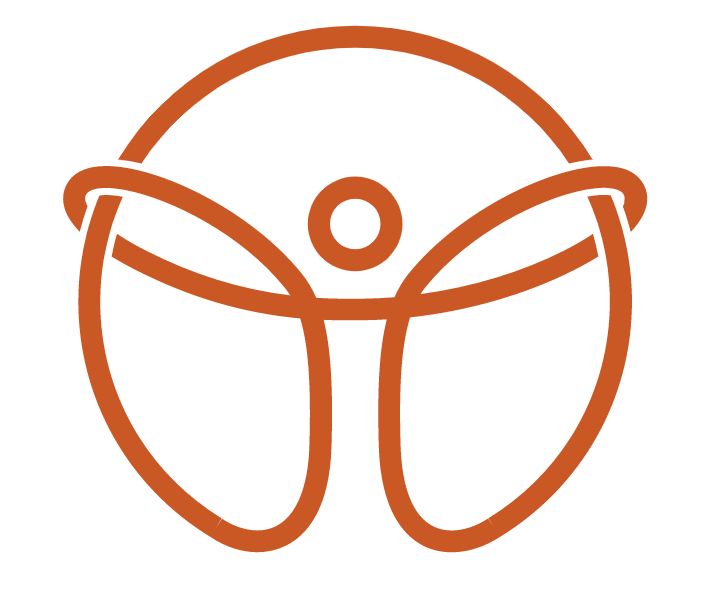How Asymmetries in the Body Can Create Injuries and How Chiropractic Care Can Help
Body symmetry is crucial for balanced movement, proper joint function, and injury prevention. While everyone has minor asymmetries, pronounced imbalances can disrupt biomechanics, leading to strain, overuse injuries, and pain. From a chiropractic perspective, addressing these asymmetries is essential for both pain relief and optimizing function. Chiropractic care offers a range of therapies—such as soft tissue techniques, chiropractic adjustments, dry needling, and targeted rehab exercises—that help identify and correct these imbalances to reduce injury risk and enhance whole-body performance.
What Are Asymmetries, and Why Do They Matter?
In chiropractic terms, asymmetries refer to imbalances in muscle strength, joint alignment, or range of motion between one side of the body and the other. For instance, one leg might be stronger, or a shoulder may sit higher, causing the body to compensate in other areas. While these imbalances might seem minor, they can have a cascading effect, creating uneven stress on the spine and joints. When left unchecked, these asymmetries can cause chronic pain, limited mobility, and even degenerative joint issues.
How Asymmetries Lead to Injuries
1. Unequal Joint Stress and Wear
Asymmetries in body alignment can lead to uneven stress on joints, causing certain areas to overcompensate. For example, when one hip is higher, the opposite side of the body may bear additional load, which can lead to knee pain or hip strain. Over time, this can lead to increased wear and tear, accelerating degenerative changes. Chiropractic manipulation can help correct these misalignments, redistributing stress evenly and allowing joints to function optimally.
2. Altered Movement and Gait Patterns
Body imbalances often alter the natural movement patterns, or "gait," which can place undue stress on muscles, ligaments, and joints. For instance, a misaligned pelvis can impact how you walk or run, leading to compensations that increase strain on your spine and lower extremities. Through spinal and extremity adjustments, chiropractic care can restore proper alignment, allowing the body to move more efficiently and reducing the risk of overuse injuries.
3. Muscle Imbalances and Overuse Injuries
Muscular asymmetries—where one side is stronger or tighter—can result in overuse injuries. For example, a dominant side might compensate for a weaker side, creating chronic tension and contributing to issues like tendinitis. Soft tissue techniques, such as Active Release Technique (ART) or myofascial release, help reduce tension in overused muscles, while targeted chiropractic adjustments help restore balance to affected joints. Dry needling can also relieve muscle tension and encourage relaxation, allowing both sides of the body to perform evenly.
4. Reduced Stability and Proprioception
When the body is asymmetrical, it can affect stability and proprioception (the body’s sense of spatial awareness), leading to a greater risk of falls and acute injuries. Strengthening core and stabilizing muscles through chiropractic-guided rehab exercises can help improve stability and prevent injuries. Rehabilitation exercises prescribed by chiropractors are customized to correct muscle imbalances, retrain movement patterns, and build symmetrical strength, supporting a more balanced and injury-resistant body.
Chiropractic Interventions for Addressing Asymmetries
Soft Tissue Techniques
Soft tissue techniques, such as massage, myofascial release, or ART, help relieve tension in overactive muscles, increase flexibility, and improve blood flow. By releasing tight muscles on one side of the body, chiropractors help restore balance and reduce compensatory stress on joints and tissues.
Chiropractic Manipulation
Chiropractic adjustments align the spine and extremities, promoting better movement patterns and more balanced weight distribution. For example, a chiropractor can adjust a misaligned pelvis to relieve stress on the spine and lower body. These adjustments not only improve posture but also support optimal nervous system function, enhancing coordination and stability.
Dry Needling
Dry needling targets trigger points, or "knots," in muscles, which are often overactive due to compensation. This technique relaxes tight muscles, reduces pain, and improves range of motion, allowing for balanced muscle function and healthier joint movement.
Rehabilitation Exercises
Rehab exercises are essential for correcting muscle imbalances and strengthening weak areas. Chiropractors design specific routines to address the root causes of asymmetry, focusing on strengthening weak muscles, increasing flexibility, and improving stability. This comprehensive approach retrains the body to move symmetrically, supporting long-term function and reducing injury risk.
Embracing Whole-Body Balance
Chiropractic care provides a powerful and integrative approach to managing asymmetries in the body. With targeted techniques and a focus on restoring alignment, stability, and mobility, chiropractic care not only relieves pain but also promotes resilience, allowing patients to move and live with less risk of injury. For anyone struggling with muscle imbalances or recurrent pain, a chiropractor can offer an individualized treatment plan to support a balanced, healthy body.

